Notes
As Facebook Pics of Malaysia Air Passengers Land on Buzzfeed … Hijacked Twice?
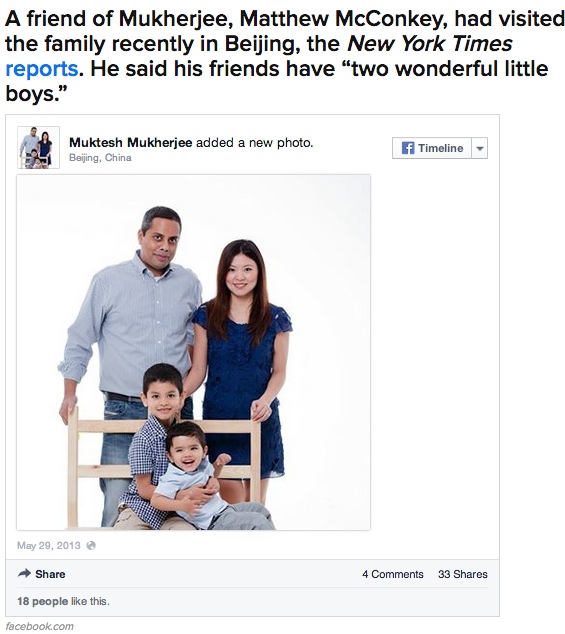
What are the ethics of of high traffic news and infotainment websites using a person’s Facebook image if that person was on an erased airliner? Is it just a case of, “well, you should have thought of that before you disappeared?”
Does misfortune and incapacity change at least the moral terms of one’s visual public presence? (Were talking ethics, primarily, because … good luck with those TOS’s.)
What does it mean, and is there any difference between “innocuous self-disclosure” (posting a picture relatively indistinguishable from what ten thousand other people posted today) and that disclosure in the face of sudden, drastic notoriety following some extraordinary experience of victimization?
If a person’s family has no idea bushels of people are feasting right now on an embedded image of their loved one, is there at least some ethical obligation to seek permission to publicize the image? (And should I have not posted the screenshot or should I have disguised the couple somehow … even though the image, at least in this space, represents the family as an example of a public curiosity and click bait)?
It does appear, by the way, that someone took protective action in the visual case of these students/minors:
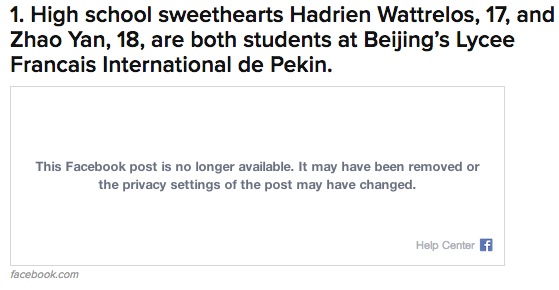
For over four months after 9/11, the NYT ran a remarkable series, “Portraits of Grief,” featuring the portraits of the attack’s victims. These installments, which earned the Times a Pulitzer Prize, were artfully sourced, thoughtfully presented and sere made that much more credible and respectful by securing permissions for photos of the the loved ones and/or the families. On her blog, photo editor Stella Kramer wrote:
I am one of a small group of people who carry dozens and dozens of names in my memory. For nearly five months I gathered the photos for the “Portraits of Grief,” published in the New York Times. I spent my days cropping faces out from the wonderful moments in their lives to represent the horror of their deaths.
At first getting photographs for each profile was just a matter of professional pride, mixed with numbness and exhaustion from the attacks. But it quickly became critical to me to see that there was a photograph to run with each profile. I wanted “Portraits of Grief” to become personal for the readers. I wanted them to be able to look into the eyes of each person who died so that they were not reduced to an incomprehensible statistic–a number too great to be felt in the heart.
What is the comeback to this level of sensitivity? Is it that no information outfit today could afford such care? That “of course The Times did” (get permission) because it was before Facebook or Instagram were founded? Or, have our images in the age of social media just become commodities of the culture, so who knows where they land?
Here is the Buzzfeed post: A Look At Some Of The 239 People On Board The Missing Malaysia Airlines Flight. Some faces behind the numbers. What do you think?
UPDATE: Here are two photos from today, published in an article on the situation by the BBC, that visualizes “the flip side” of the issue. It seems the visual hunger of the media beast is not a zero sum game.
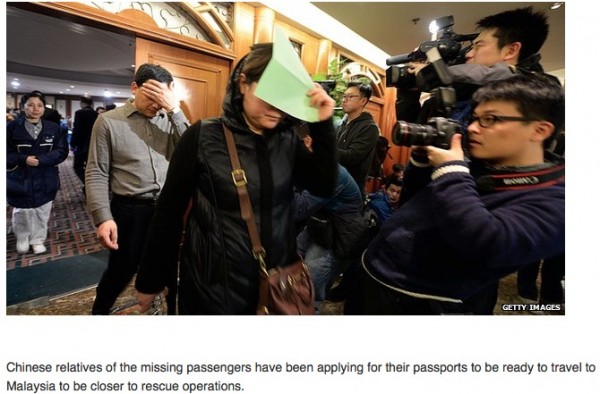
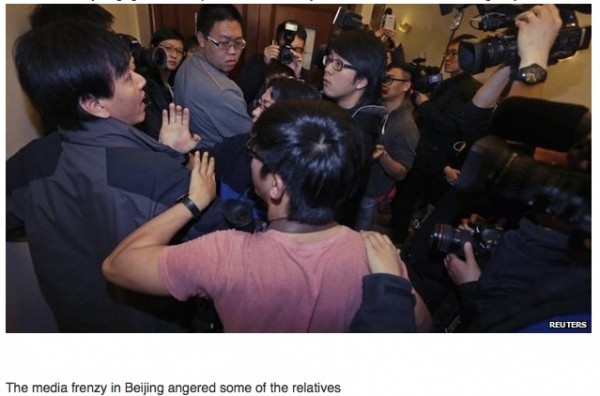

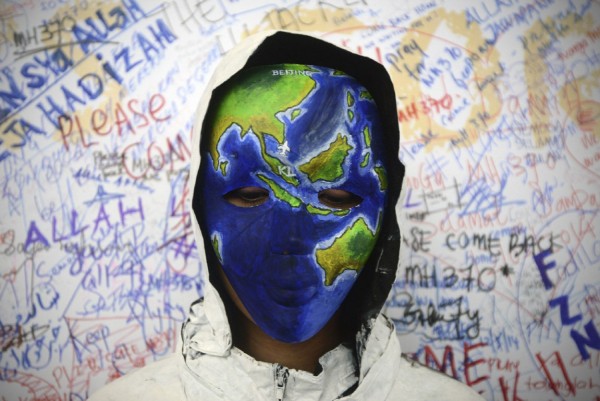
Reactions
Comments Powered by Disqus